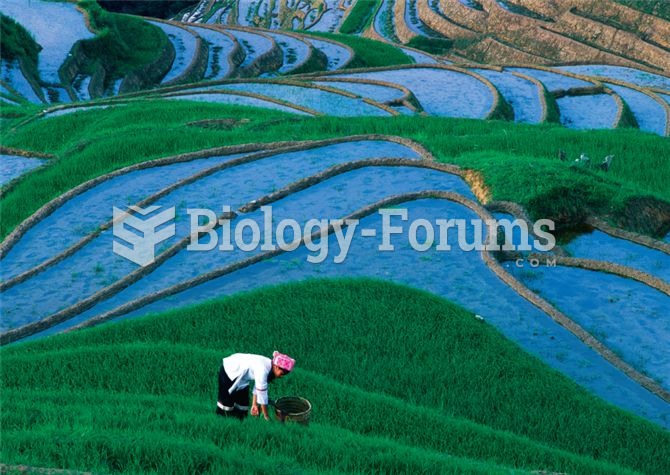Answer to Question 1
As noted, the most effective current therapies for bulimia involve CBT delivered individually or by involving the family unit (Rutherford & Couturier, 2007; Wilson et al., 2007). Cognitivebehavioral therapists change eating behaviors by rewarding or modeling appropriate behaviors, and by helping patients change distorted or rigid thinking patterns that may contribute to their obsession. CBT has become the standard treatment for bulimia, and it forms the theoretical base for much of the treatment for anorexia (Chavez & Insel, 2007). This evidence-based treatment is appropriate for patients whose age does not mandate family therapy and whose symptoms are moderate to severe.
Answer to Question 2
The goals of CBT are to modify abnormal cognitions on the importance of body shape and weight and to replace efforts at dietary restraint and purging with more normal eating and activity patterns (Poulsen et al., 2014; Touyz et al., 2008). CBT for the treatment of bulimia includes several components. Patients are first taught to self-monitor their food intake and bingeing and purging episodes, as well as any thoughts and feelings that trigger these episodes. This is combined with regular weighing; specific recommendations on how to achieve desired goals, such as the introduction of avoided foods and meal planning, designed to normalize eating behavior and curb restrictive dieting; cognitive restructuring aimed at habitual reasoning errors and underlying assumptions relevant to the development and maintenance of the eating disorder; and regular review and revision of these procedures to prevent relapse.







